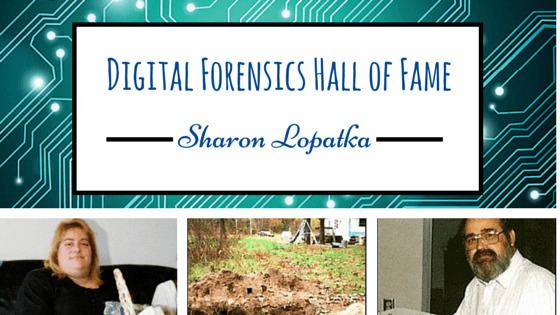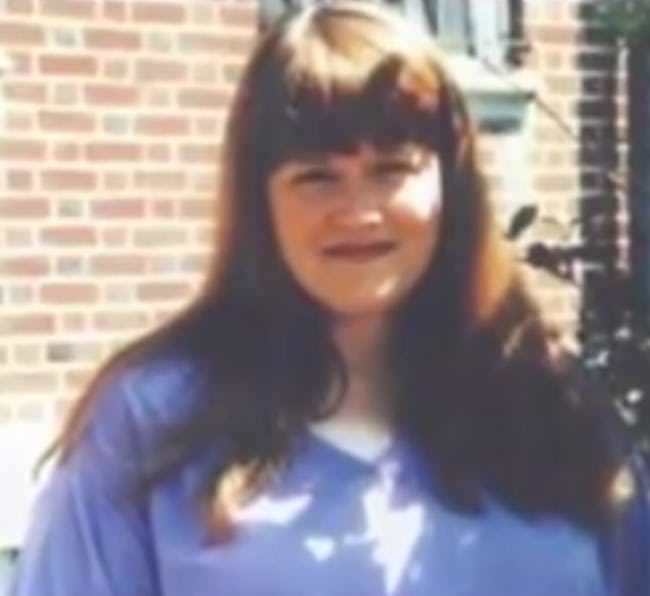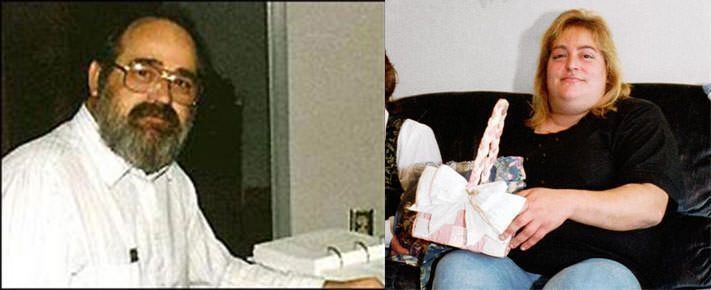Name Death Sharon | ||
 | ||
Sharon Lopatka And The Strange Case Of ‘Consensual Murder’
Sharon Rina Lopatka (September 20, 1961 – October 1996) was an Internet entrepreneur in Hampstead, Maryland, United States, who was killed in a case of apparent consensual homicide. Lopatka was tortured and strangled to death on October 16, 1996, by Robert "Bobby" Frederick Glass, a computer analyst from North Carolina. The apparent purpose was mutual sexual gratification. The case was reportedly the first where a police department arrested a murder suspect with evidence primarily gathered from email messages.
Contents
- Sharon Lopatka And The Strange Case Of Consensual Murder
- Background
- Death and investigation
- Influence
- References

Background

Sharon Lopatka was the first of four daughters born to Orthodox Jewish parents Mr. and Mrs. Abraham J. Denburg. They were members of the Beth Tfiloh Congregation, Abraham being a cantor at the synagogue. Raised in Baltimore, Maryland, Sharon was seen by her classmates "as normal as you can get," wrote The News & Observer, and was a part of sport teams and her school's choir club. Graduating from Pikesville High School in 1979, Lopatka married Catholic construction worker Victor in Ellicott City, Maryland, in 1991, and migrated with him to a ranch-esque tract house in Hampstead, Maryland, in the early 1990s. The marriage was described by a classmate of Lopatka as a "way of breaking away", and her parents did not support it.

In 1995 Lopatka starting doing online advertising businesses from her Ellicott City home in order to make additional money. The first website she hosted, "House of Dion", was for selling home decor guides by mail for seven dollars. An advertisement on the website read, "Home decorating secrets seen in the posh homes from the New England states to the Hollywood homes can now be yours. Never published before! Quick easy ways to decorate your home."

She was paid $50 per advertisement rewriting ad copy her business titled "Classified Concepts". She ran several websites for distributing psychic readings, also garnering a percentage of the money from sales of other services with premium-rate telephone numbers advertised on her websites.

In addition to her advertising and psychic reading business, Lopatka marketed pornographic content under the alias Nancy Carlson, which depicted women who were unconscious from being drugged, hypnotized or chloroformed engaging in sex acts with each other. She also sold her undergarments, an advertisement for them reading, "Is there anyone out there interested in buying my worn panties...".
She also used the internet to fulfill her own sexual desires that were often considered irregular to society. Lopatka went under more pseudonyms and personas when on pornographic chat rooms of sites like fetishfeet.com and sexbondage.com that had members with fetishes such as necrophilia, bondage and sadomasochism. More than 50 messages that showed her sexual desire of being tortured to death were discovered by The News & Observer. Lopatka's character of Carlson, who was a disciplinarian dominatrix pornographic film actress who weighed 300 pounds, was one of the pseudonyms she used in the chats. This alarmed a sex workers' rights activist named Tanith who tried to stop Lopatka's behavior. Lopatka replied to Tanith that "I want the real thing. I did not ask for you preaching to me."
Robert "Bobby" Frederick Glass worked as a computer analyst for the government of Catawba County, North Carolina, for nearly 16 years. His tasks included programming tax rolls and keeping track of the amount of vehicle gas consumption in the county. For 14 years until May 1996, Glass was married to his wife Sherri, and the couple had two daughters and one son.
Later on in the marriage, Sherri noticed her husband was spending much more time on the computer than with her. Wary, she logged on to his email account and found several "raw, violent and disturbing" messages that he sent under the pseudonyms Toyman and Slowhand. As a result, the two separated.

Lopatka first met Glass in August 1996 while in a pornographic chat room. Through email, Lopatka presented her fetish of being tortured to Glass, while he sent messages about how he would fulfill her fantasy. Close to 900 pages of emails between the two were discovered by police during the investigation of Lopatka's death.
Death and investigation
On the morning of October 13, 1996, Lopatka informed her husband she was going to Georgia to meet acquaintances. She also left him a note that she would not be returning home and requested not to track down Glass. The note also read that "If my body is never retrieved, don't worry: know that I'm at peace." That same morning, Lopatka drove a blue-colored Honda Civic to Baltimore's Pennsylvania Station, which was 45 minutes away from her home, and arrived on an Amtrak at Charlotte, North Carolina, by 8:45 p.m.
Glass drove with Lopatka in his pickup truck to his Lenoir, North Carolina-based mobile home, which was located 80 miles from their first meeting place in Charlotte. Glass, while interviewed during his imprisonment, admitted to fulfilling Lopatka's desire in the home, but also said that the death was an accident. As he recalled, "I don't know how much I pulled the rope ... I never wanted to kill her, but she ended up dead." This was supported by an autopsy done by the chief medical examiner of North Carolina, Dr. John Butts, who stated that Lopatka was accidentally strangled to death three days after her North Carolina arrival. However, the police disagreed, their search warrant affidavits stating the death was intentional; the emails that were sent under Glass's Slowhand username was used as evidence to support this claim.
Following the finding of the emails, the police searched Glass's home for numerous days, but Lopatka's body was never found. On October 25, 1996, Judge Beverly T. Beal issued a search warrant on the home, and inside the house, investigators discovered items that were of owned by Lopatka. In addition, they also found drug and bondage equipment, child pornography magazines, a .357 Magnum pistol and several computer disks, as well as trash and toys outside the trailer.
A police officer then noticed a mound of soil seventy-five feet away from the home, before finding some bodyparts buried two-and-a-half feet below. Glass was arrested at work following this discovery, on a charge of first-degree murder and was being held without bond in the Caldwell County Jail; the charge later changed to voluntary manslaughter. Caldwell County investigator, D. A. Brown, said that the dead body would have never been unearthed if it was buried in the woods that were behind the home.
Beal issued a gag order to those who were a part of the case on October 26. Glass pleaded guilty to his manslaughter charge on January 27, 2000, and was sentenced to, from 36 to 53 months in the Avery-Mitchell Correctional Institution. He was also sentenced an additional 21 to 26 months for six counts of second-degree minor exploitation. Glass died of a heart attack on February 20, 2002, at Spruce Pine Community Hospital, two weeks before he could be released from jail.
Influence
The Lopatka case was reportedly the first where a murder suspect was put in custody by the police department mainly due to evidence from emails. A majority of the media coverage of Lopatka's killing mainly put their focus on the dangerous consequences of Internet-held meetings. Several people requested that a form of censorship should be created to better protect humans from killings like that of Lopatka's, while anti-censorship activists counter-argued that people could better express controversial beliefs in an open forum without the need of a real identity.
Writers have labeled the situation as one of the earliest examples of what psychologists called Mardi Gras phenomenon, where one uses a variety of personalities to decrease their chances of having a consequence for their actions. Thanks to the popularity of the case, more psychologists also increased their desire in having a better understanding of atypical sexual desires caused by sadism, masochism and asphyxia.
